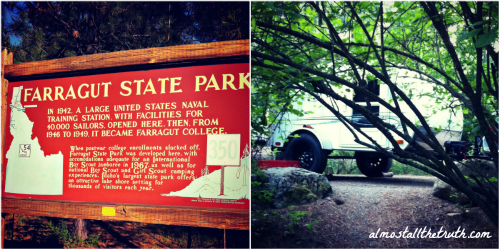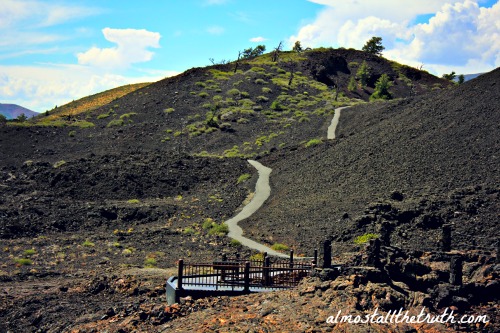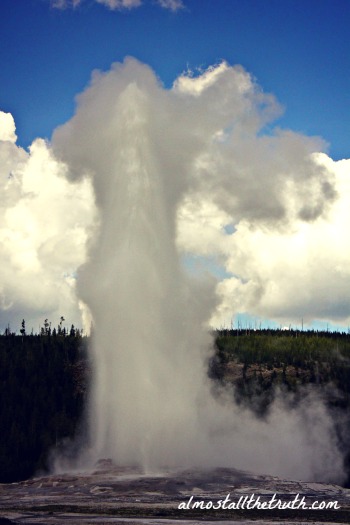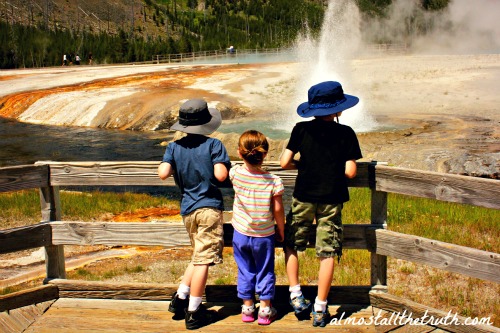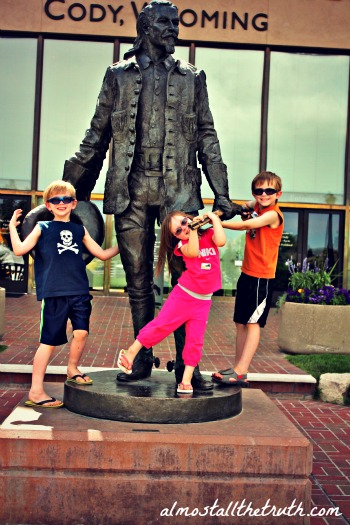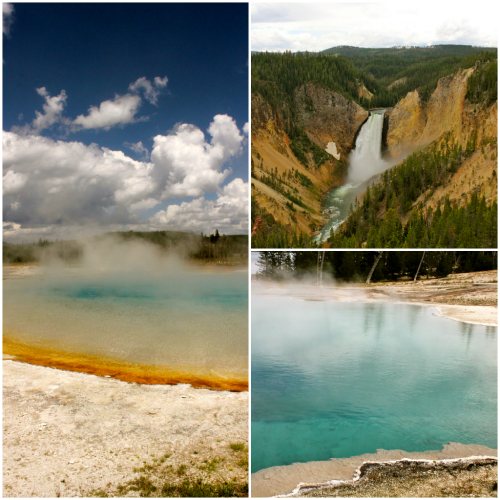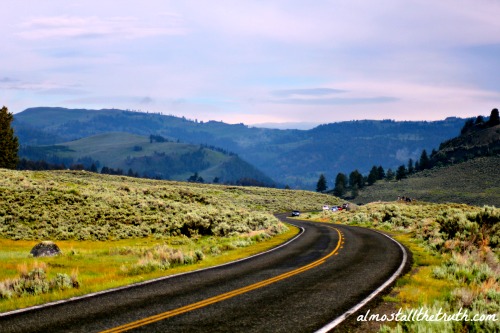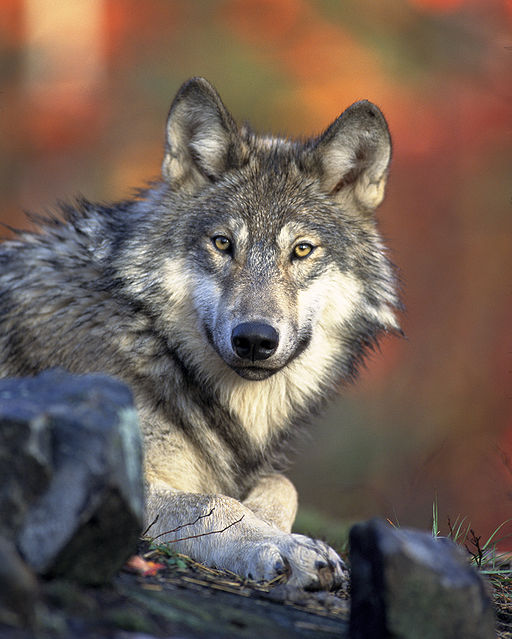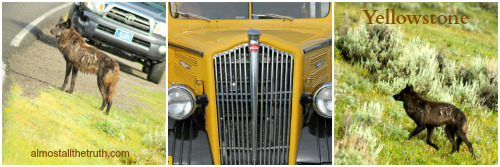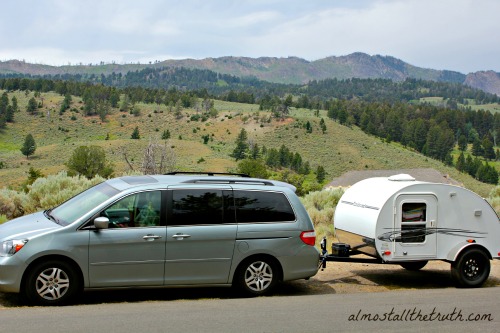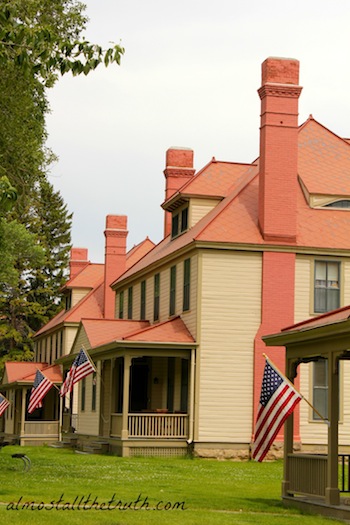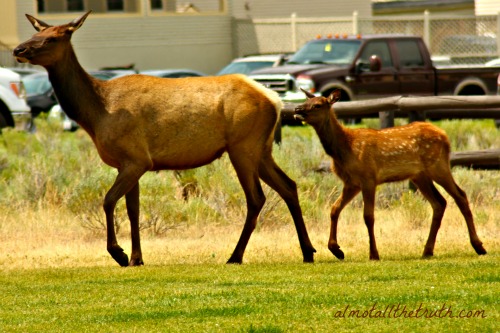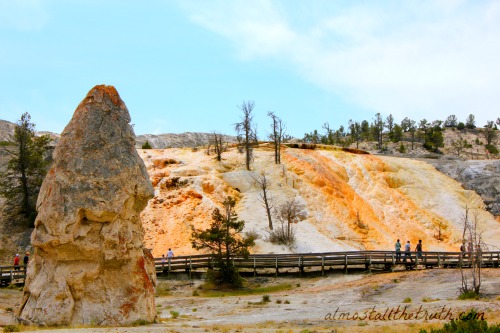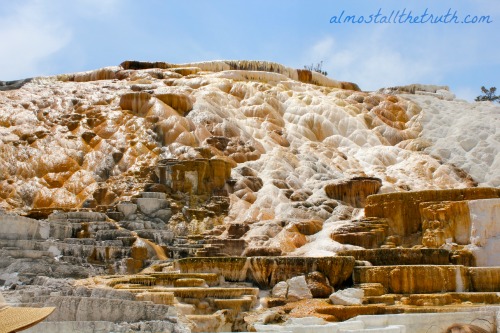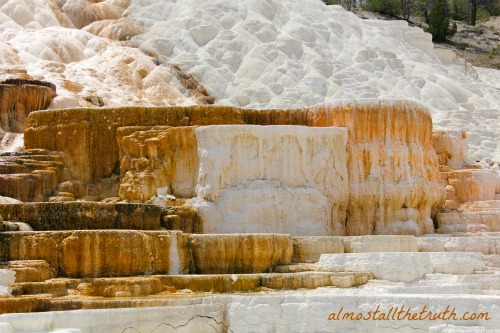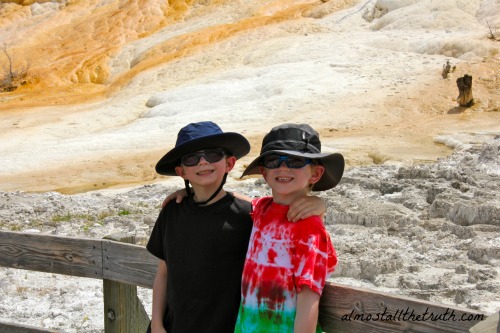Travels and Travails of the Great Eco-friendly Summer Road Trip
I learned a lot when I took my Great Eco-friendly Summer Road Trip. I learned a lot about myself, my kids, and what I believe is important in life. I found I liked making all the decisions without having to discuss it with anyone else. I also learned that having another adult around makes certain things so much easier.
I hope these children remember our summer of travel far into the future, even if that is mostly due to photos and reminiscing. We went on an adventure and experienced all the wonder and headaches that come with that. And we did it together.
I had hoped to blog about our journey as we went along, but one lesson I learned quickly was just how many places throughout our seven state journey had no cell service, no 3G, and certainly no wi-fi and when we found a place that did, experiencing the present with my kids was infinitely more important than writing about what already happened.
It is a cloudy day here and it certainly seems like that last piece of summer is slipping through my fingers as I type. The perfect day to wrap-up the Great Eco-friendly Summer Road Trip… And Summer.
10 Traveling Lessons – Small Children, Camping, Adventure
1. The first night is hard, especially if you drove beyond the capacity of even the most patient kids. You will likely think that you have lost your mind when you see how much farther you have to go, but persevere anyway. You will be tempted to call your husband and have him drive through the night to pick up that child that just. won’t. sleep. She wants you to take her to the bathroom every ten minutes to look at the stars, many of which she has never seen before. Breathe.
2. Going off the beaten path can lead you to incredible discoveries.
3. Choose to support local businesses wherever you go whenever you can. Experience local culture to the fullest, including shopping, dining, and even tourist attractions.
4. This country has some amazing places. Some are famous, some are nearly undiscovered. Doing both brings children to understand their country, their world, better and their place in it. The awe of seeing what you have only read about is magical. The wonder of discovery is incomparable.
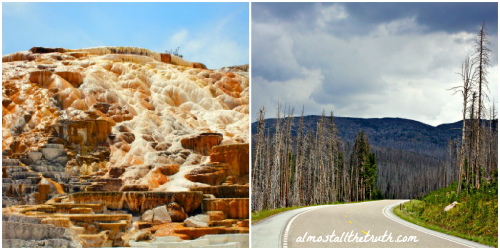
Yellowstone National Park. Mammoth Hot Springs is always evolving, changing. The effects of the 1988 wildfire are still apparent, and so is the recovery.
5. The natural world is always changing. It should be protected when possible, but there are places that will change with no intervention from us and to do so would be arrogant and potentially harmful to that place.
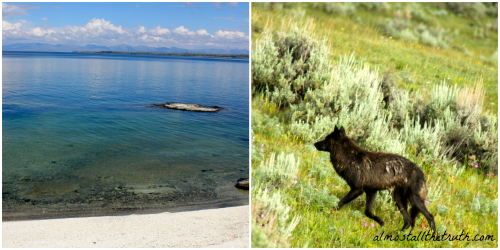
Officials are trying to save the native population of cutthroat trout of Yellowstone Lake by killing the invasive lake trout. Wolves, the controversial predator were recently delisted from the Endangered Species Act in Wyoming, Idaho, and Montana.
6. In order for an ecosystem to be healthy, humans may need to learn to adapt their behavior. We are constantly learning more about the world around us and where and when we should intervene: wildfires, wolves, native fish… I hope my kids realize it is important to never stop questioning, never stop thinking, and never stop learning.
7. Children are braver, stronger, more capable, and understanding than we often give them credit for. They deserve our respect and that includes offering them greater independence and responsibility, even if they may resist sometimes. Ok, a lot of the time.
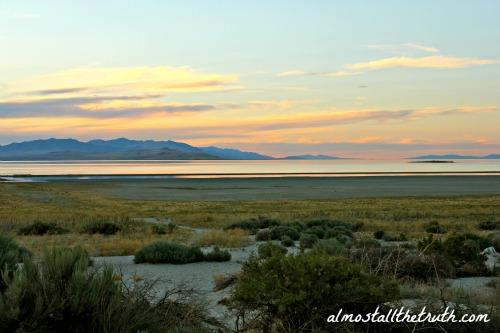
Camping in the Great Salt Lake showed us a gorgeous sunset, but the smell, heat, bugs, howling coyotes, and thunderstorms weren’t quite as majestic.
8. Camping may be more difficult, but is also more rewarding. It connects us to nature and gives a greater sense of place wherever you visit. You have to deal with the natural hand you’re dealt (thunderstorms, bears, heat, bugs) and appreciate the comforts of modern life.
9. It may not seem like kids are paying attention to, or interested in, historical facts about people, places, or events. It may be true, but they take in more than we realize. It is important to connect them to our country’s history – both good and bad – in age-appropriate ways. We continue to talk a lot about Buffalo Bill in this house and whether he is really buried in Cody, WY or Colorado. It is a mystery.
10. Whether you venture far away or stay close to home, adventure awaits. They will only be this age for such a short time. Take advantage of it. Start small, go big, go somewhere and best of luck!
What are your favorite traveling memories as a child or with your own children? Have any new adventures on the horizon?

